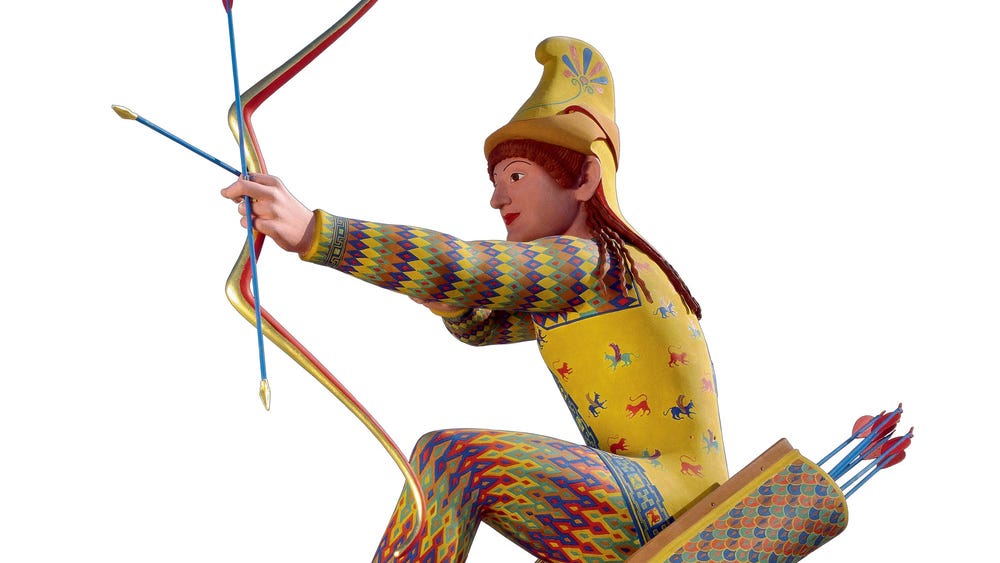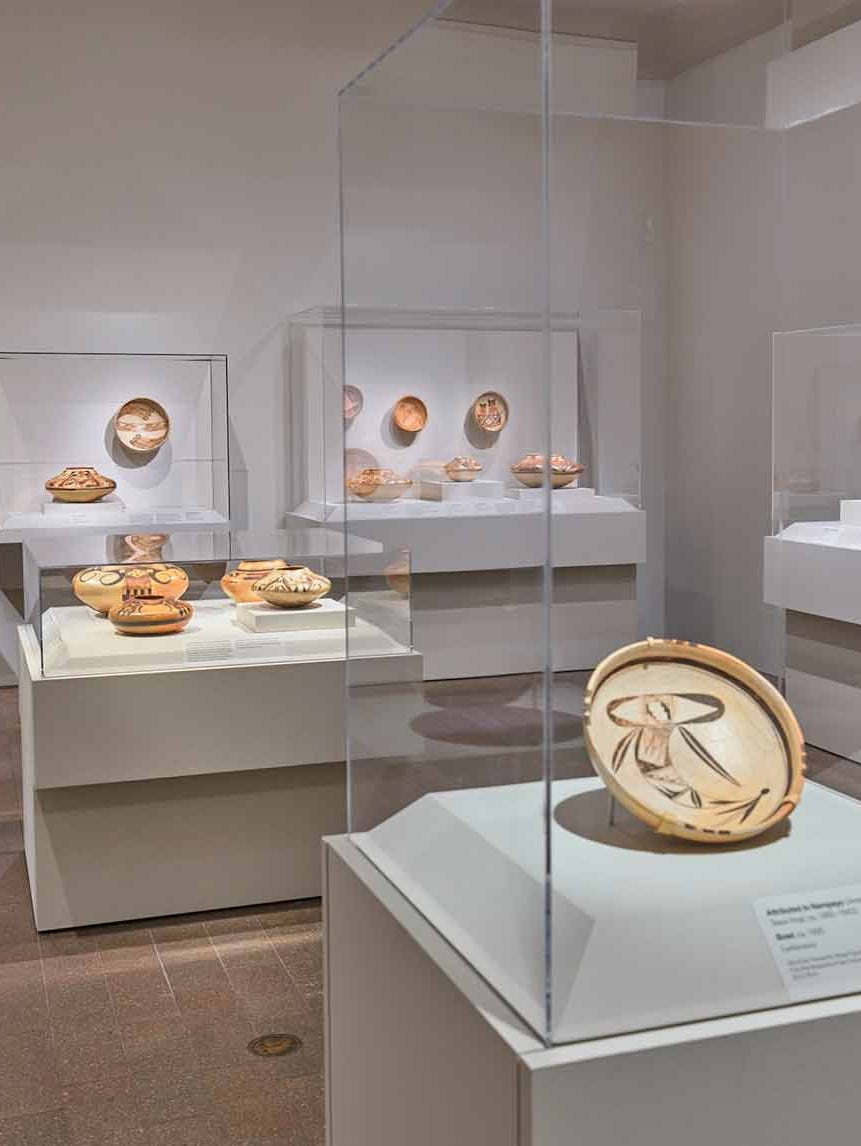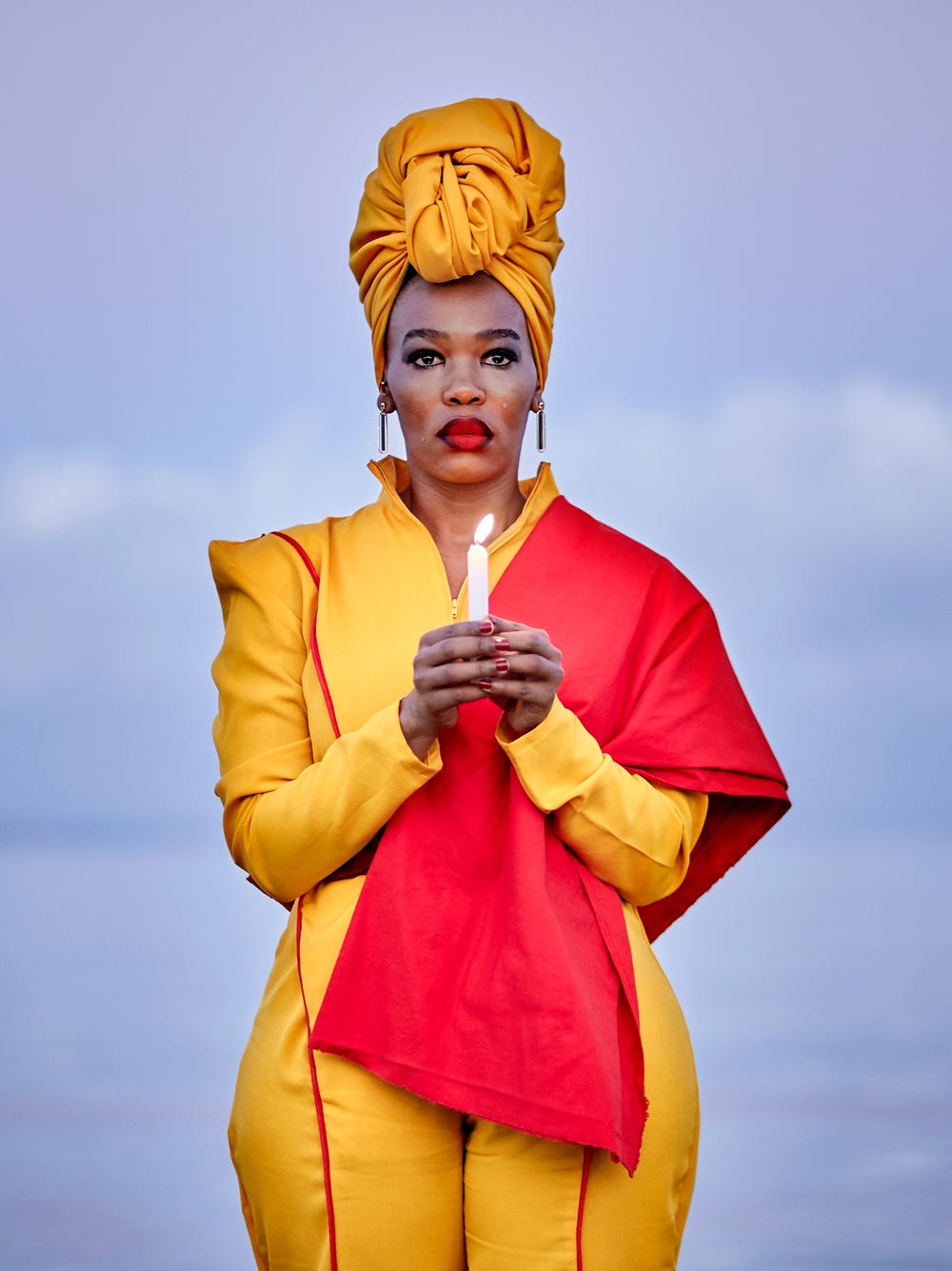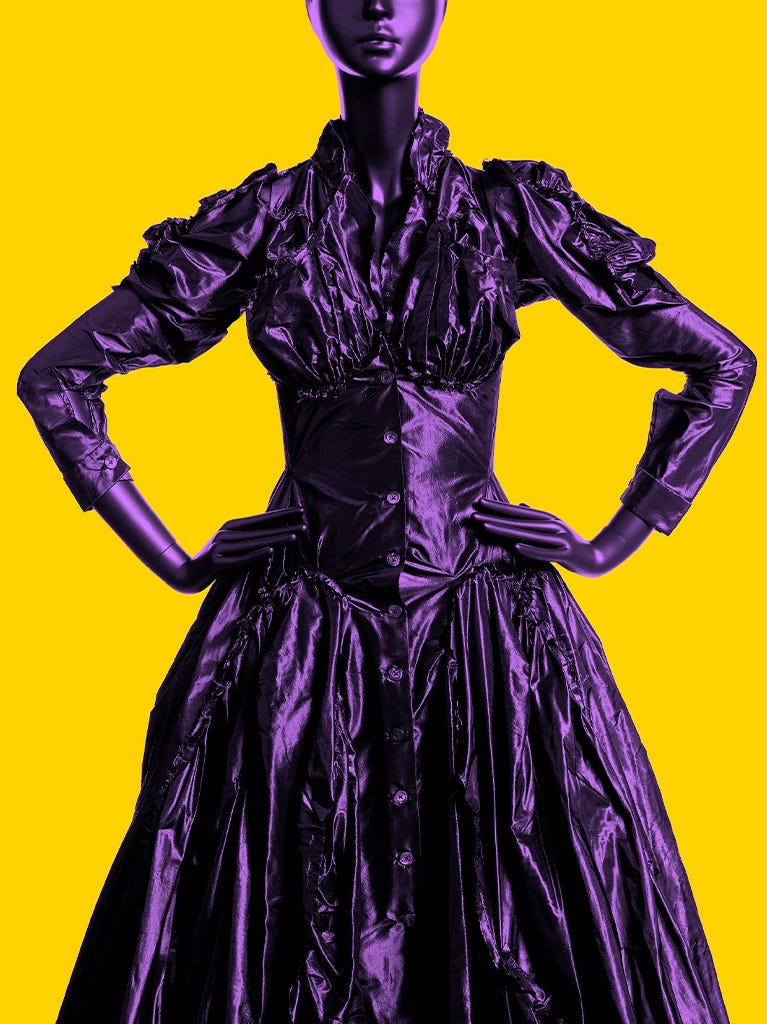Reconstruction B of a Trojan archer, 2006. Synthetic marble cast with natural pigments in egg tempera, lead, and wood, height: 37 3/4 in. (96 cm). Liebieghaus Sculpture Collection (Polychromy Research Project), Frankfurt, on loan from the University of Heidelberg, LG157
Gods in Color: Polychromy in the Ancient World
Jump to
Although the classical ideal usually evokes unadorned bronze and white marble sculptures, the art of ancient cultures was often painted to dazzling and powerful effect. Thanks to modern science, we can discover what pigments were used and how these sculptures would have originally looked. Gods in Color presents reconstructions of well-known sculptural works from ancient Greece and Rome to uncover their original colors and uncover the spirit of classical civilizations as never before. These are complemented by original antiquities from the Mediterranean world and early nineteenth-century watercolors that provide a more comprehensive view of polychromy in ancient cultures.
To find out more about the exhibition, explore this digital offering from our friends at the the Liebieghaus in Frankfurt.
In depth
The art of ancient cultures was often painted to dazzling and powerful effect. Polychromy — the painting of objects in a variety of colors — was a regular feature of sculpture in Egypt, Mesopotamia, the Aegean, Greece, and Rome. When antiquities were rediscovered after prolonged exposure to the elements, their colored surfaces had often faded to invisibility. As a result, later sculptors such as Michelangelo who were inspired by Greek and Roman sculpture left their own marble and bronze surfaces unadorned, perpetuating this inaccurate classical ideal. Gods in Color emphasizes how ancient sculpture is incomplete without color. White or monochrome sculpture would have been as strange to the ancients as the color reconstructions might seem to us.
Modern scientific methods have revealed new evidence for painted and ornamented surfaces on classical sculpture and allowed us to determine what pigments were used. This exhibition and its catalogue present reconstructions of well-known sculptural works dating from Bronze Age Greece to Imperial Rome (2500 BC — second century AD), reinstating these bright colors to familiar works and uncovering the spirit of classical civilizations as never before. Also on view is a selection of antiquities from Egypt and the Near East that allows us to investigate the use of polychromy in these earlier cultures.
Examples of colorful sculpture in this survey include Cycladic figures of the third millennium BC, reconstructed examples of Archaic-period Greek marble and bronze sculptures, and marble portraiture by Roman artists. A number of statues from the Athenian Acropolis are represented through colorfully painted casts, including several examples of the “Peplos Kore,” each with a different chromatic interpretation. Reproductions also include a portion of the pedimental sculpture from the Temple of Aphaia on the Greek island of Aegina; one of its figures, of a Trojan archer, is interpreted with vivid patterns on his clothing, exemplifying how the Greeks rendered the colorful garments of eastern “barbarians.” Modern copies of two life-size warriors from Riace (southern Italy) reveal how polychromy was applied to bronze sculpture using copper, silver, and colored stones. A reconstructed marble portrait of Caligula from the Roman Imperial Period provides an opportunity to see how artists of this culture used a wide range of pigments and surface applications to create lifelike images.
These ancient examples, both original and reconstructed, are complemented by watercolors of Greek landscapes and monuments by the English antiquarian Edward Dodwell and the Italian artist Simone Pomardi. These works show that some ancient architecture still retained their original color when they were depicted in the early nineteenth century.
Sponsors
This exhibition is organized by the Fine Arts Museums of San Francisco in collaboration with the Liebieghaus Sculpture Collection, Frankfurt.
Presenting Sponsor: Lois E. Kalb 1986 Revocable Intervivos Trust; Barbro and Bernard Osher; Diane B. Wilsey. Curator’s Circle: Packard Humanities Institute; Lisa Sardegna and David A. Carrillo. Additional support is provided by Bernard and Jane von Bothmer in honor of Dr. Dietrich von Bothmer.



